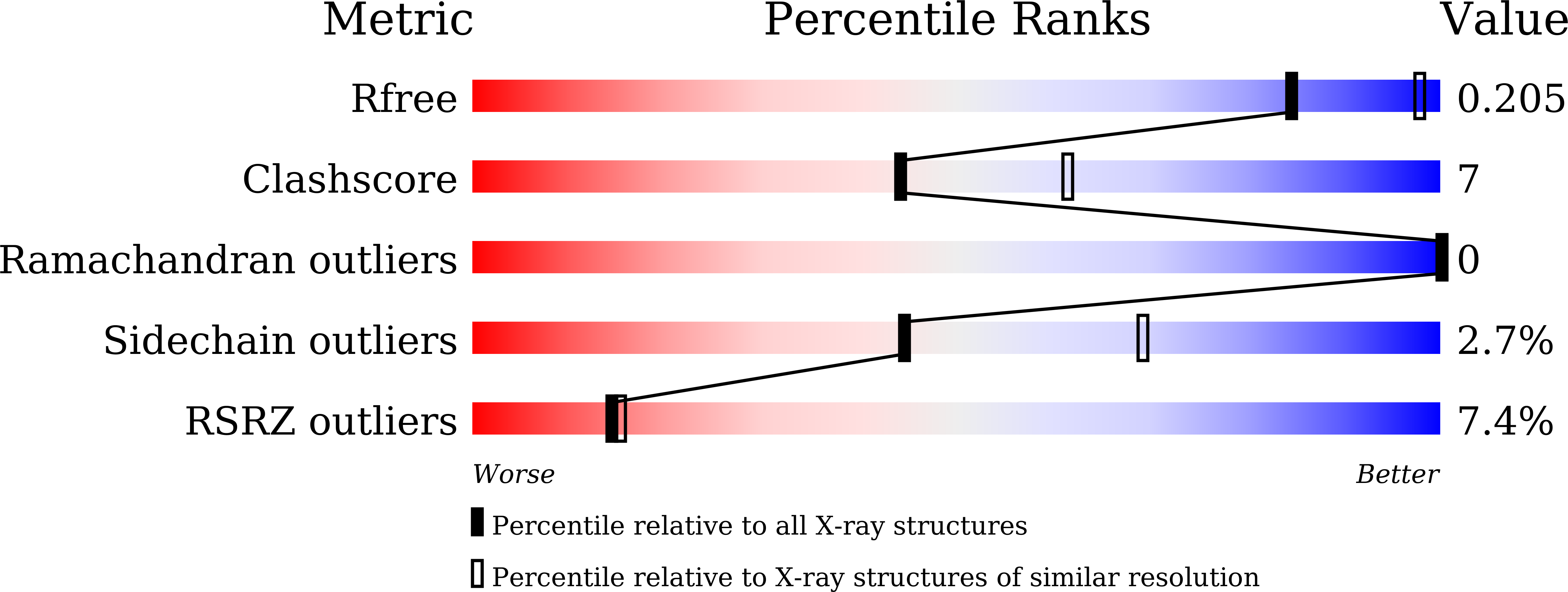
Deposition Date
2020-11-30
Release Date
2021-12-01
Last Version Date
2023-11-29
Entry Detail
Biological Source:
Source Organism:
Penaeus vannamei (Taxon ID: 6689)
Staphylococcus aureus (Taxon ID: 1280)
Staphylococcus aureus (Taxon ID: 1280)
Host Organism:
Method Details:
Experimental Method:
Resolution:
2.53 Å
R-Value Free:
0.20
R-Value Work:
0.17
R-Value Observed:
0.17
Space Group:
P 1 21 1


